The Live Art Almanac Volume 6
Edited by Bojana Janković
This Lockdown List is a reimagined Volume 6 of the Live Art Almanac, LADA’s ongoing publishing project focused on collecting and disseminating ‘found’ writing about Live Art.
Originally planned for publication in 2020, Volume 6 intended to bring together writings by artists, critics, curators, academics and others, published, shared, spread and read between January 2018 and December 2019. In June 2020, as COVID-19 had become a long-term reality, and the murder of George Floyd engendered a wave of Black Lives Matter protests, a decision was made to pause the Almanac in favour of more urgent and critical work. This included re-orientating LADA’s resources towards artist support, and accelerating LADA’s plans for organisational change and new leadership to address racial inequity and disenfranchisement within the cultural sector.
It had, however, already become clear that the Almanac would have sketched out a cultural sector undergoing a steady increase of inequality, precarity, and nationalism, a sector in a slow-burning crisis ready to erupt, as it did with the pandemic. It was this relationship between the before-times and the present that provided the impetus to return to the publication, reconceptualising it as a resource developed specifically to draw on the connections between Live Art and the conditions of the pandemic.
This Lockdown Almanac is structured in six sections, each encompassing a selection of texts from the original publication timeline, and a corresponding selection of texts gathered since January 2020. These pairings are imagined as a temporal back and forth, offering connections between the brewing crises of before and the state of emergency now. The collection ends with a section devoted to Dearly Departed, the only one presented linearly. You can skip back and forth between the sections by following the links on the page; external links open in new tabs.
Like its predecessors, this Almanac is a snapshot of a moment in Live Art, rather than an encyclopedic collection of writings. Even so, the collected texts stand in a productive, revealing dialogue. This, for example, is the most UK-focused Almanac yet, a reflection of the inward facing politics of the pandemic, unescaped by the cultural sector and currently unravelling through an international war for vaccines.
Reconsidered for the pandemic times, Volume 6 is also the last edition of the Live Art Almanac. In that, a publication which aimed to capture currents in and around Live Art becomes itself a document of institutional change.
This Live Art Almanac is divided into the following sections, each comprising of both writings from 2018-2019, and texts gathered after January 2020:
Institutional Critiques
2018-2019
The pre-pandemic crises found its epicenter in a breakdown of the relationship between artists and institutions, the former frequently failed by everything from attempts at progressive representation to structural abuse. In her forceful text For Each Of Us; Gaps between professional advocacy and private experience, Alexandrina Hemsley unravels the state of persistent emotional, financial, professional and political precarity artists had been pushed into, as they navigated unhealthy relationships with institutions ostensibly there to support them.
Liv Wynter: Resignation from Tate
Artsadmin: A letter to artists, audiences and partners…
the right lube: Kiss My Genders was SO bad it made us detransition
Jo Verrent – Disabled people and the arts sector: invisible right before your eyes
Jemma Desai: The arts are in The Sunken Place – how do we Get Out?
Alexandrina Hemsley: For Each Of Us; Gaps between professional advocacy and private experience
Institutional Critiques Part 2
2020
When art organisations filled their social media with black squares in support of the Black Lives Matter movement, many were rightly called out for engaging in tokenistic gestures where structural change should be. The long history of a cultural sector playing diversity instead of enacting equality is dissected in Jemma Desai’s This work isn’t for us, a comprehensive expose of embodied exclusion caused by half-hearted attempts to ‘diversify’ the arts.
Coco Fusco: We Need New Institutions, Not New Art
Industria: Open letter protesting Tate’s censorship of a Black woman artist
Evan Ifekoya: A letter to my colleagues within the Art department at Goldsmiths
LADA: LADA Statement of Commitment on organisational change and racial equity
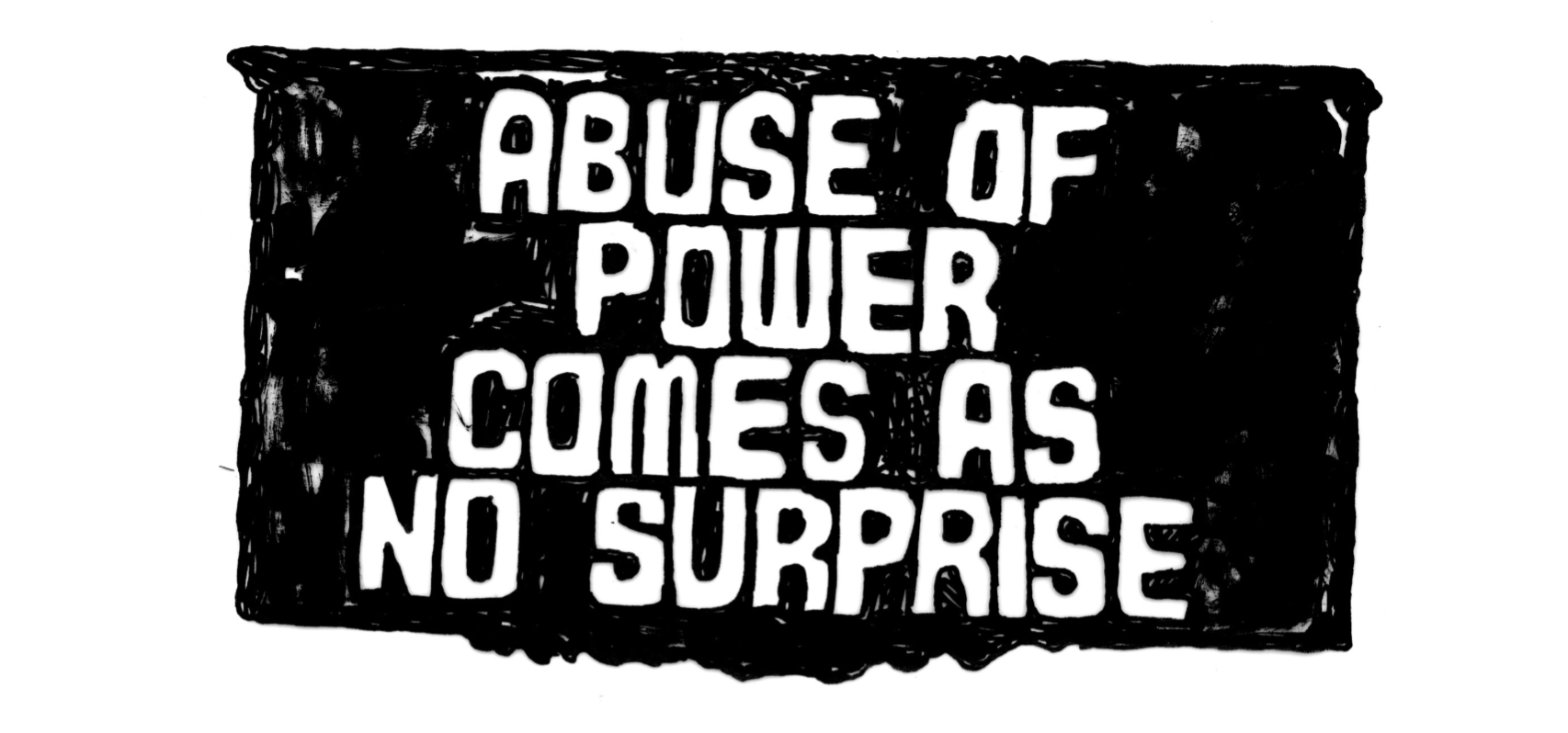 Abuse of Power comes as no surprise - Illustration by David caines
Abuse of Power comes as no surprise - Illustration by David caines
The Woke Minority
2018 -2019
Without institutional cover, the conflicts between artists and governments became increasingly visible. The political pressures manifested as censorship, enacted through both threats to artists’ safety and softer means such as a questioning of the right to subsidy. In the UK, the disparity between government rhetoric, sweet and polished, and government policy, dehumanizing and disenfranchising to all but the most privileged, continued to escalate. It comes into full view in Joon Lynn Goh’s open letter rejecting the offer of an MBE.
Oliver Basciano – Death threats and denunciations: the artists who fear Bolsonaro’s Brazil
Jemima Yong: Utopia / no-place
Joon Lynn Goh: To the new prime minister, here’s why I’m rejecting my MBE
The Woke Minority Part 2
2020
The state-led stultification of socially engaged artists turned into an open war against ‘a small woke minority’ during the pandemic. Anti-racist work in major museums and heritage organisations was met with threats of funding cuts; ostensible voices of resistance were given commissions by Festival UK* 2022, a £120 million attempt to, as Migrants in Culture argued, ‘whitewash the UK’s endemic racism using our cultural capital’.
Oliver Dowden: Letter from Culture Secretary on HM Government position on contested heritage Museums Association: Our response to Oliver Dowden’s letter on contested heritage
Museum Detox: a twitter thread following the DCMS call to 25 heritage organisations
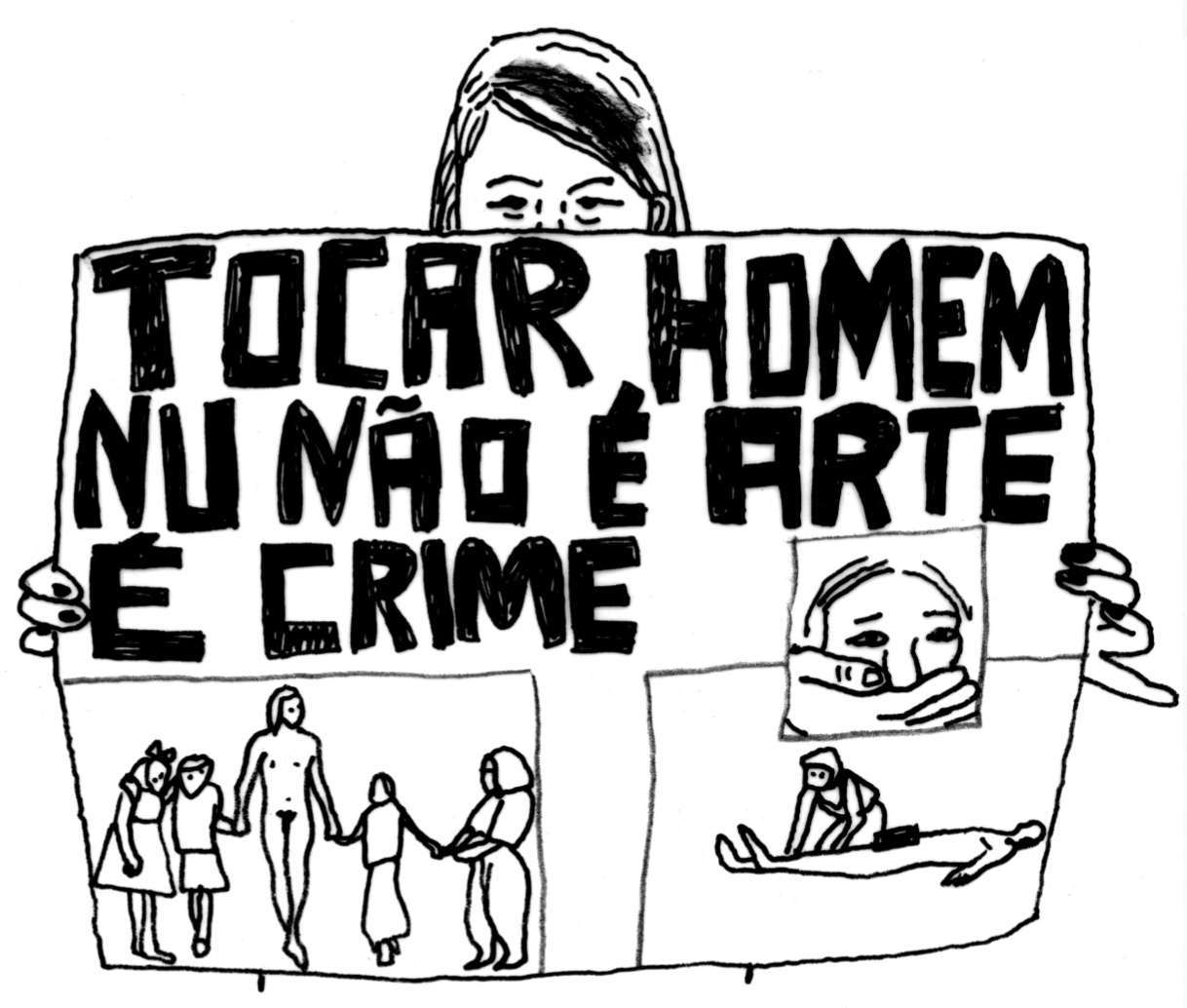 A woman protests against Wagner Schwartz’s naked dance piece - Illustration by David Caines
A woman protests against Wagner Schwartz’s naked dance piece - Illustration by David Caines
The Magic Money Tree
2018-2019
The (re)appropriation of performance by visual arts institutions combined with subsidy cuts to generate a flurry of discussions on how the ephemeral artform could be sold. The New York Times proclaimed performance a ‘difficult sell’; perhaps the question on whether the radical can be profitable would have been more poignant. This dilemma was invoked by the new Arts Council England strategy, promising a more equitable, risk-taking, environmentally conscientious sector, built by increasingly financially resilient organisations.
Scott Reyburn: It’s the Art Form of the Moment (but It’s a Hard Sell)
Culture Unstained: The Portrait Gallery Sacked the Sacklers. But Why Does it Still Back BP?
Charlotte Cooper, Simon Murphy and Kay Hyatt: We are giving LADA all of our money
Stephen Pritchard: Response to Arts Council England’s ‘Cultural Democracy in Practice’ report
Culture Declares Emergency: Response to ACE Draft Strategy 2020-30
Jacob Boehme: Keynote address at Australian performing arts market 2018
The Magic Money Tree Part 2
2020
The full trickle down effect of a subsidy essentially conditioned on income diversification revealed itself in the pandemic. Artists found themselves at the bottom of the recovery chain, behind buildings and even commercial ventures, and in competition for one-off payments and small commissions for urgent pieces. It’s an infrastructure so inadequate that a punitive welfare system offers more protection and support, writes Jinghua Qian in the aptly named I Can’t Apply for Another Grant.
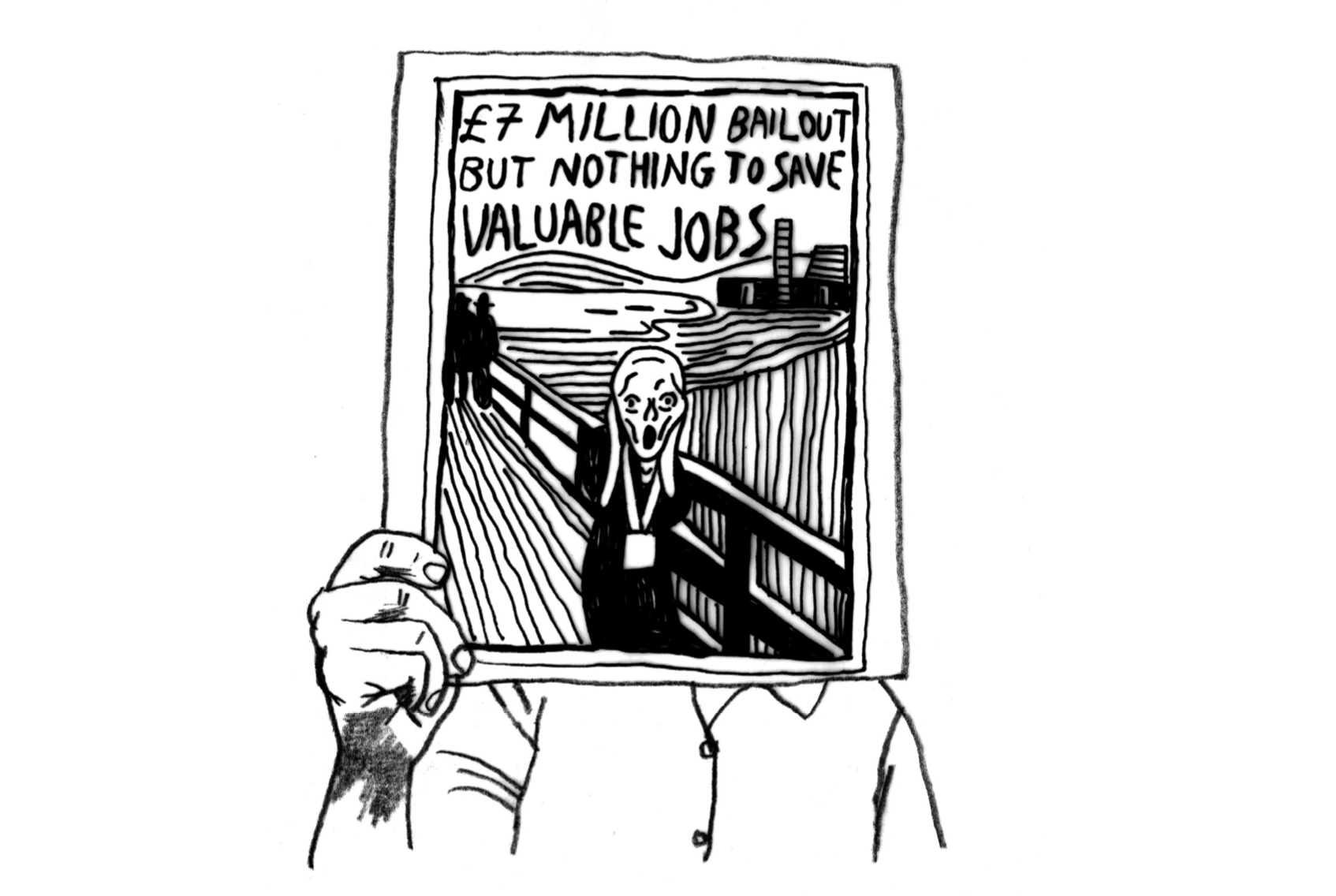 PCS Union members protest at Tate, 27 July 2020 - Illustration by David Caines
PCS Union members protest at Tate, 27 July 2020 - Illustration by David Caines
Two Meters Apart
2018-2019
Live Art did not have to reinvent itself for social distancing: self-directed, instructional performances, participatory initiatives, public and green space reinventions, and slow-going writing projects, were all easy to turn COVID-compliant. In Jasmine Shigemura Lee’s text, this interplay between a surprisingly pandemic-proof past and an imagined, strangely distanced and mediated future unravels, and the digital realm gets exposed as a fickle, unreliable, and not inherently benevolent territory for the arts.
Christiana Spens – Into the Mountain: Simone Kenyon
Jasmine Shigemura Lee: To Whom It May Concern (p.94 – 97)
Anette Therese Pettersen and Diana Damian Martin – Beginning: an incomplete correspondence
Emily Steer – Theaster Gates: Who Are the Builders?
the right lube – Fairies in the underclass: Mark Leckey O’ magic power of bleakness
Two Meters Apart Part 2
2020
With live performance shut down indefinitely in March 2020, the artistic community split into those instinctively turning to digital performance, and those calling for a halt to insenstant production. Harry Josephine Giles argued that, rather than different work, or cessation of work, what is needed is a new kind of labour: to organise for survival beyond the present-day crisis, ‘before capital and the state loom over us and force us back into a system that has never worked’.
Harry Josephine Giles: I woke up and the arts was gone
Nicholas Berger: The Forgotten Art of Assembly, Or, Why Theatre Makers Should Stop Making
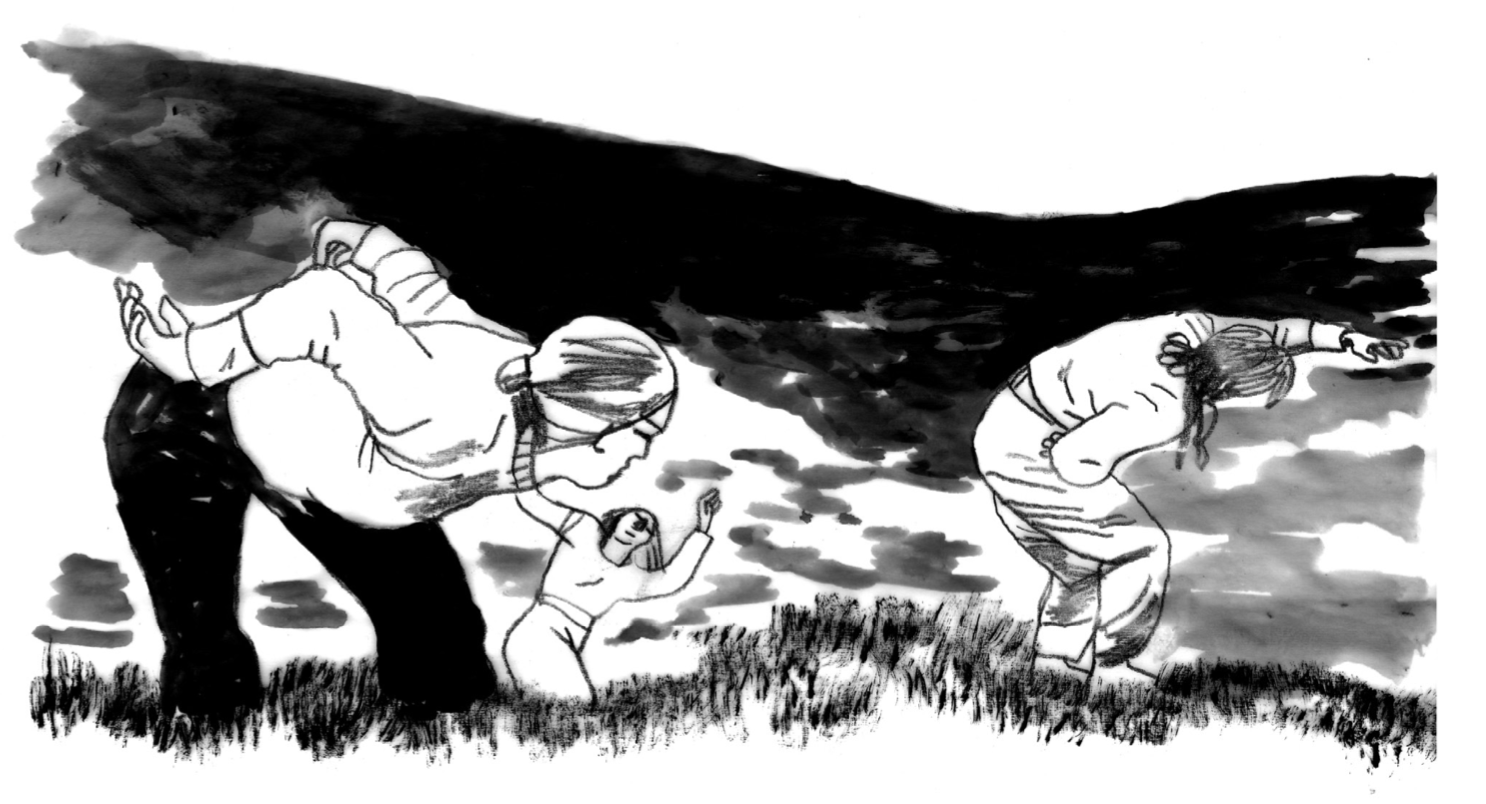 Simone Kenyon, Into The Mountain, performance- Illustration by David Caines
Simone Kenyon, Into The Mountain, performance- Illustration by David Caines
Enclosed Spaces
2018-2019
It was a year with scarce public congregation and liveness, with all they facilitate: a year without rehearsing riots in galleries (an act that may become all the more needed in the future); a year since performance worked to ignite community healing. A year, too, without performance as exclusion: in Theatre and Addiction, FK Alexander discusses the nonchalant marginalisation of artists and audiences in recovery, especially during the Fringe (itself lost to the pandemic, complete with its cruel economics and its imposing presence in Edinburgh).
FK Alexander: Theatre and Addiction
Essence Harden: On Respite, Reprieve and Healing
Mary Paterson – Focus on Destruction KAPUTT: The Academy of Destruction at Tate Modern, October 2017
Enclosed Spaces Part 2
2020
The return to performance venues will be slow and meandering; how live performance will change after the trauma of the pandemic is yet to be discovered. There are clues however: in what liveness was as COVID-19 was seeping into our lives, in the work of those who will be in charge when it is tamed, or in Selina Thompson’s prophetic list of Post Pandemic #Work, written in the first month of the first lockdown.
Hongwei Bao: Queer Chinese Art and Performance in a Time of Viral Contagion
Victoria Bissett and Michael Howcrof: Let’s move beyond the spin
Selina Thompson: Post Pandemic #Work
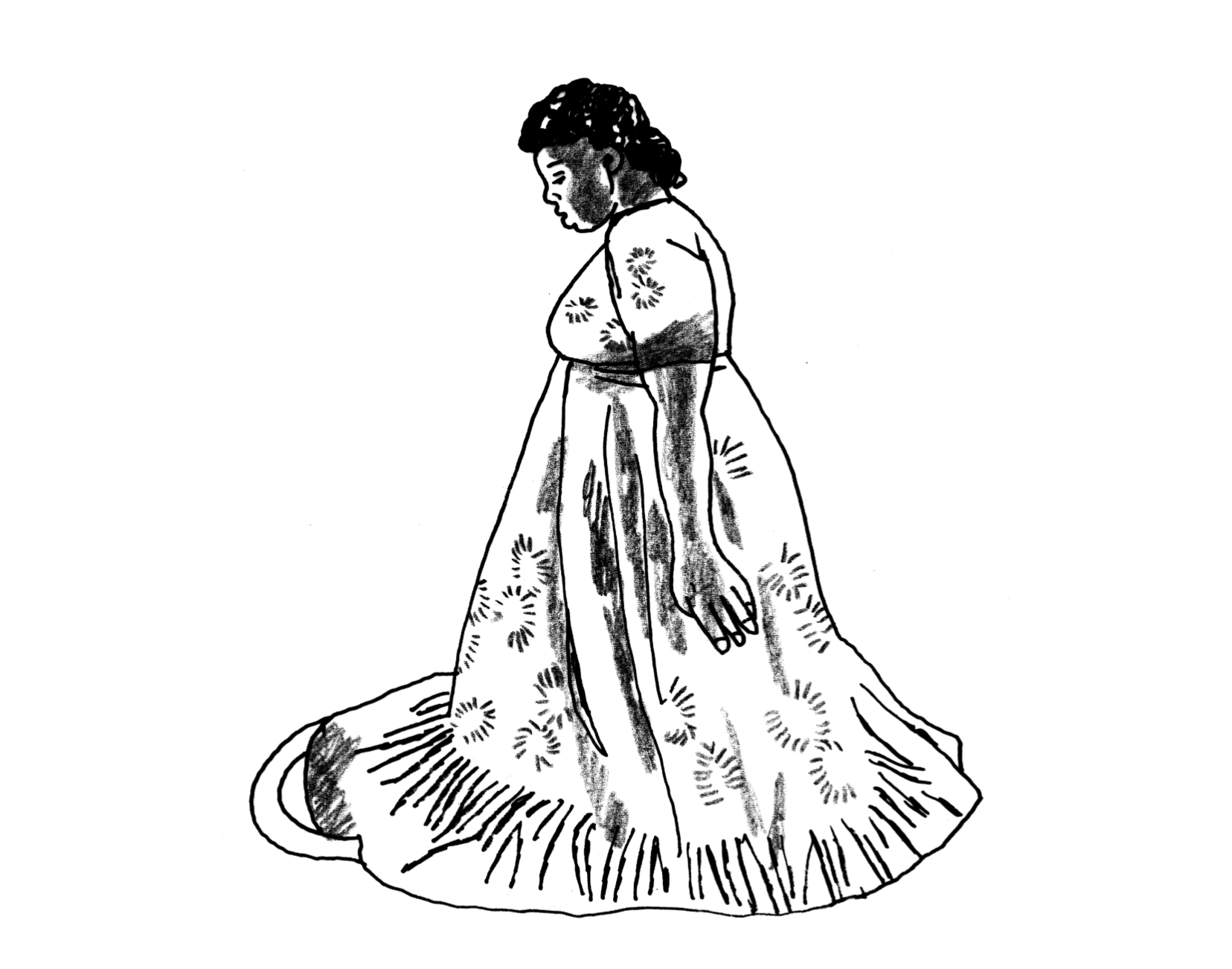 ‘Respite, Reprieve and Healing - An Evening of Cleansing. Illustration by David Caines
‘Respite, Reprieve and Healing - An Evening of Cleansing. Illustration by David Caines
The Aftermath
2018-2019
Instead of a big, assertive conclusion, to this Lockdown List and to the Live Art Almanac, an offering of a more porous, contemplative ending: some ways to hope, own up, change.
Search Party and and Ian Hornsby: Drawing Hope
Maddy Costa: the long goodbye (or, breaking up is hard to do)
The Aftermath Part 2
2020
Instead of a big, assertive conclusion, to this Lockdown List and to the Live Art Almanac, an offering of a more porous, contemplative ending: an immigrant asking performance to care better (or maybe differently); an immigrant trying to go home.
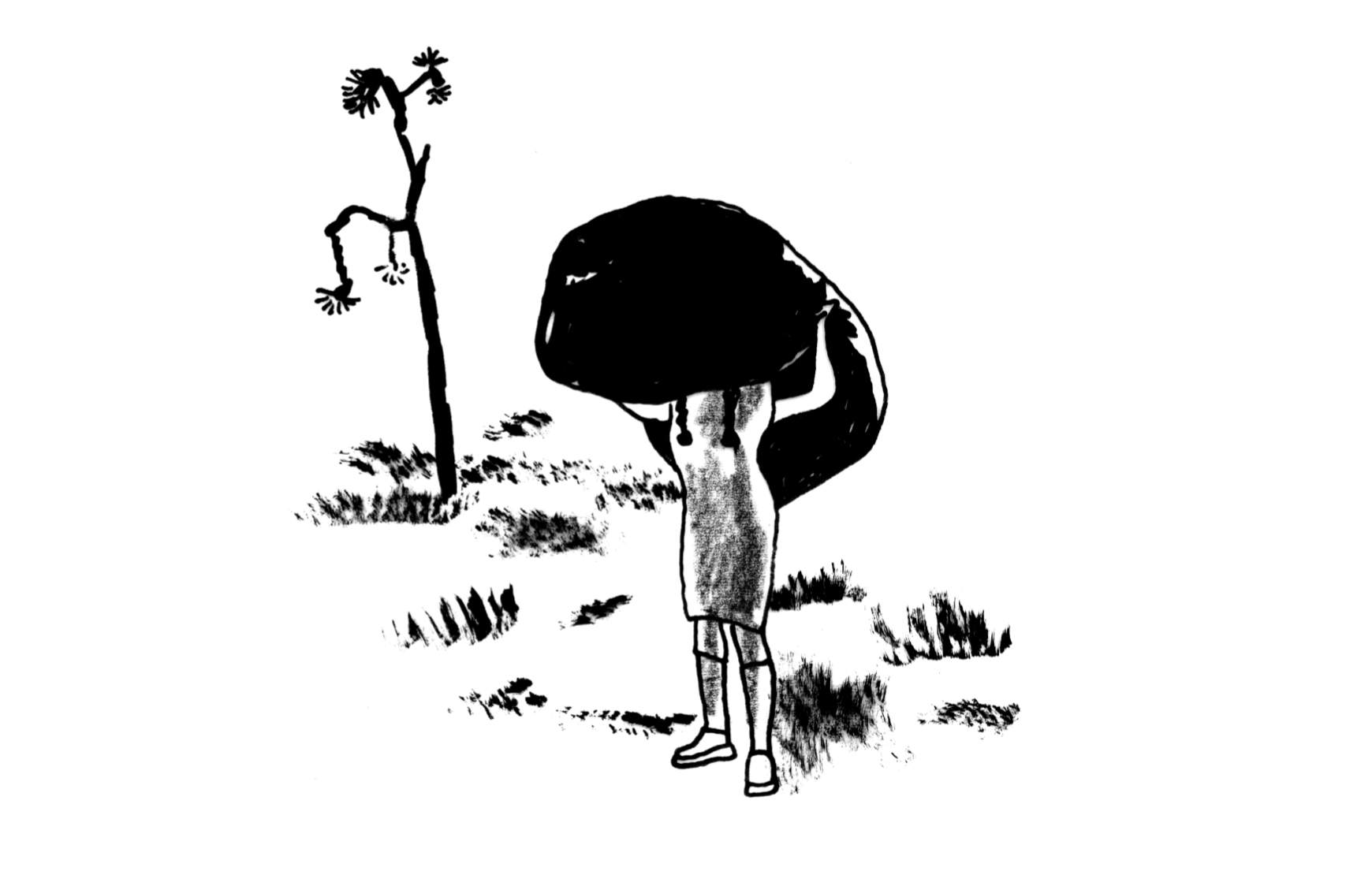 Sick and Tired by George Davies - Illustration by David Caines
Sick and Tired by George Davies - Illustration by David Caines
Dearly Departed
This section is dedicated to remembering those lost since January 2018. Many were directly involved with Live Art; some worked in other disciplines or academia, influencing the politics and practice of performance or learning from them. Two artists, Genesis P-Orridge and Ulay, passed away after articles about them had been selected for the original Almanac. Those submissions are included here instead of tributes.
Martin O’Brien: How not to do Disability – A tribute to Katherine Araniello by Martin O’Brien
Rebecca Romani: Remembering James Luna, Who Gave His Voice and His Body to Native American Art
Liz Highleyman: Body arts pioneer Fakir Musafar dies
Tacita Dean: Keith Collins obituary
Mary Brennan: Obituary – Lindsay Kemp, mime artist, choreographer, dancer and teacher Mark Long: Chahine Yavroyan
Alexia Holt: Clare Thornton, 1970 – 2019
Andy Beta: Daniel Johnston Was a Hero for the Wounded
Penny Arcade: John Giorno: The Life and Death of a Poet
Elise Bell: An intimate bedside interview with the subversive artist Ulay
Michael Love Michael: Genesis P-Orridge: Stormtrooper of the Future
Paul Mason: An Everyday Anarchist: David Graeber, 1961-2020
Tim Etchells, for Forced Entertainment: Frie Leysen 1950-2020
Remembering Dr. Catherine Silverstone
HG Masters – Obituary: David Medalla (1942–2020)
Neil Cooper: Jim Haynes, Citizen of the World – Thanks for Coming
Eileen Blumenthal: Lee Breuer, Theatrical Cubist and Idea Faucet
Banner image credit:
Illustrations by David Caines
Part of Lockdown Lists
LADA is compiling a series of reference lists of writings and films which draw attention to examples of historic and contemporary Live Art practice that or speak to some of the experiences of lockdown or issues a lockdown raises.
Lockdown Lists
LADA is compiling a series of reference lists of writings and films which draw attention to examples of historic and contemporary Live Art practice that or speak to some of the experiences of lockdown or issues a lockdown raises.
Read moreBoxed In – Live Art and Confinement
Boxed In reflects some of the ways in which Live Art operates in relationship to issues and conditions of confinement.
Read moreLive Art and Time
This Lockdown List considers ways in which artists have worked with time.
Read more